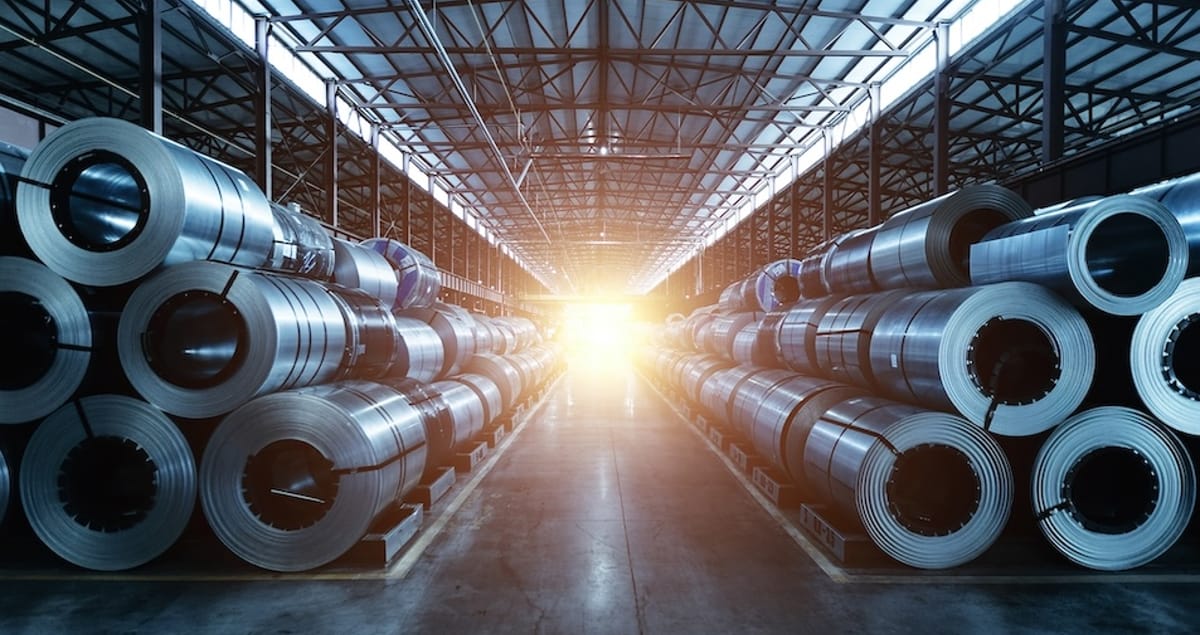Decarbonizing Steel with Green Hydrogen: The Promising Rise of Green Steel
Key Ideas
- Green steel, using green hydrogen, aims to cut emissions by up to 95%, offering a cleaner solution for the carbon-intensive steel industry.
- Emerging technologies like hydrogen-based direct reduction and electric arc furnaces enable a shift to low-emission steel production.
- Companies like Stegra, Boston Metal, SSAB, and Thyssenkrupp are making significant strides towards large-scale green steel production, showcasing a global effort towards decarbonization.
- The adoption of green steel could have a substantial ripple effect, reducing emissions not just in steelmaking but across various industries reliant on steel products.
Green steel, a revolutionary approach to steelmaking, is gaining traction as a promising solution to decarbonize one of the world's most polluting industries. With traditional methods heavily reliant on coal-fired blast furnaces, the shift to green steel involves the use of green hydrogen produced from renewable sources, significantly reducing carbon emissions. This transition could potentially slash emissions by up to 95% compared to conventional methods. The global steel industry's massive carbon footprint, responsible for 11% of CO₂ emissions, necessitates urgent action to mitigate climate change.
Technological advancements such as hydrogen-based direct reduction and electric arc furnaces play a crucial role in enabling the production of green steel. Companies like Stegra, Boston Metal, SSAB, and Thyssenkrupp are at the forefront of developing large-scale green steel plants powered by renewable electricity and innovative processes. These initiatives aim not only to lower emissions but also to demonstrate the feasibility of transitioning towards sustainable steel production.
Green steel production involves utilizing green hydrogen to extract iron from ore, resulting in a cleaner process with water vapor as the main byproduct. As companies strive to achieve zero-emissions steelmaking, initiatives like molten oxide electrolysis offer additional potential for reducing carbon footprints. The anticipated outcomes of these endeavors include significantly lower CO₂ emissions and a notable decrease in the environmental impact of steel production.
The widespread adoption of green steel could pave the way for a more sustainable future, not only within the steel industry but also in sectors that rely heavily on steel products. By minimizing the carbon footprint of steel production, these efforts have the potential to catalyze a domino effect across various industries, contributing to global decarbonization efforts.
Topics
Production
Renewable Energy
Climate Change
Technology
Innovation
Carbon Emissions
Global Impact
Decarbonization
Steel Industry
Latest News
